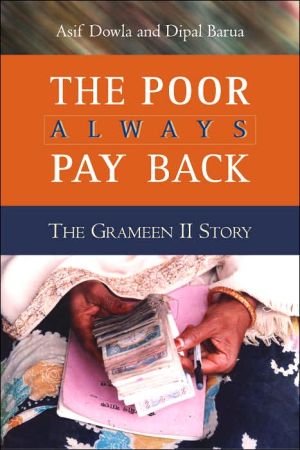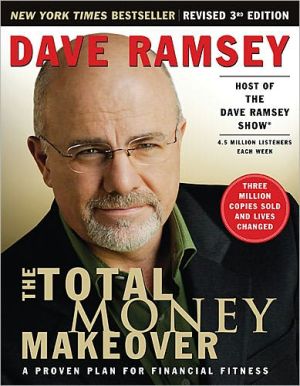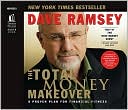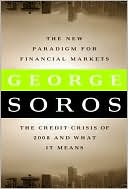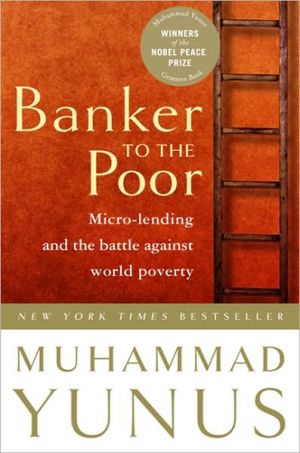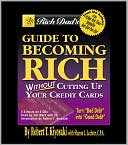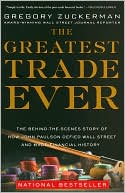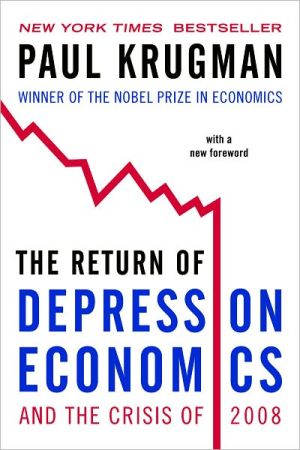The Poor Always Pay Back: The Grameen II Story
Nobel Prize-winning microcredit institution Grameen Bank has financially empowered the poorest families in more than a hundred countries across the globe for over three decades through savings and loans. Recently, Grameen has undergone a complete overhaul of its system, creating "Grameen II" and seeking to make its loan programs more effective.\ The Poor Always Pay Back not only uncovers how a major financial institution is able to change its system in response to the needs of its borrowers,...
Search in google:
Nobel Prize-winning microcredit institution Grameen Bank has financially empowered the poorest families in more than a hundred countries across the globe for over three decades through savings and loans. Recently, Grameen has undergone a complete overhaul of its system, creating "Grameen II" and seeking to make its loan programs more effective. The Poor Always Pay Back not only uncovers how a major financial institution is able to change its system in response to the needs of its borrowers, but also how Grameen redefined and continues to redefine the basic assumptions of credit worthiness. The immense success of Grameen Bank shows a hopeful trend in the alleviation of poverty. Grameen Bank II is addressing the frontier issues in microfinance: open access savings, flexible loan products, self reliance and absence of donor dependency for funds, and product development to cater to the needs of the retirees (Grameen Pension Scheme) and their adult children (Higher Education Loans). The story behind these and other innovations show why Grameen has become such an inspiration to those working for social justice everywhere.
List of Figures, Tables, and Boxes viiForeword ixPreface xiii1 Introduction 12 Classical Grameen and Its Impacts 153 Loan Products under Grameen II 714 Savings Mobilization: From One Taka to 3000 Billion Taka 1055 Archeology of Grameen II 1376 Staff Incentives and Implementation of Grameen II 1717 The Education Loan and a Program for the Poorest 2018 Conclusion 245Bibliography 265Index 279About the Authors 293
\ From the Publisher"This book captures very well the central message of Grameen - the poor always pay back... I hope this book will inspire readers to play an active role in creating a world free from poverty."\ "The two former students of Grameen's visionary founder Muhammad Yunus offer a balanced perspective. They provide the definitive account of the overhaul in the design of the world's most important microfinance institution."\ "The radical transformation of its products that Grameen Bank engineered at the turn of the century has not yet received the international attention and admiration that it deserves. This timely book sets out the background to the changes and describes in detail the debates and experiments that led to the new services. It is essential reading for institutions around the world that admire or use the Grameen approach, and a contribution to microfinance literature in general."\ "If the Grameen Bank is one of the great inventions of our time, "Grameen Bank II" is one of the great re-inventions. Spurred by crisis, fundamental premises were re-thought. A bank once known for delivering "microcredit" turned into an innovator in collecting savings. A bank once known for "group lending" strengthened its relationships with individual customers. We should all be grateful that two long-time insiders have told the story of a remarkable transformation."\ "Extremely useful for pro-poor bankers, supportive policy leaders of governments and policy-oriented academics and students to have this book on their shelves."\ "This accessible work provides considerable detail about how the bank evolved and why. Highly recommended."\ "An uplifting, readable view of economics. Enthusiastically recommended."\ "The sensitivity exhibited in portraying harsh realities is commendable. The story is at once challenging and motivating... Western society characterizes the poor as 'dirty', 'dishonest', 'lazy' and 'incapable of planning'. The book provides us with overwhelming, concrete evidence to the contrary."\ \ \
